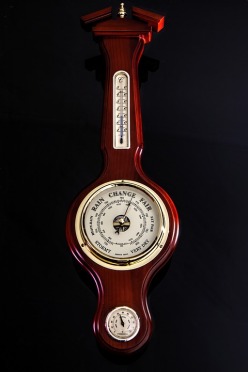When I was in my 20’s I took an Assertiveness Training course to learn how to say “no” with grace and dignity. I loved the class and learned to key into my personal values and how to support them with the daily choices I made.

A totally unexpected and memorable aspect of Assertiveness Training was that it taught me to get in touch with where I held and felt emotions in my body, and how to use my body as a barometer for my feelings. This may not sound like earth-shattering or particularly life-enhancing knowledge, but knowing exactly how you feel makes responding to life’s situations so much easier and can dramatically reduce your stress.
What I Learned
Each of us hold our emotions a bit differently, but we all have a personalized physical pattern for the way we respond to happiness, anger, sadness, fear, joy of any of the other feelings which pass through or linger with us each day.
I soon realized, I hold fear in my chest, but it usually begins with a flip in my stomach. Anger almost always starts with a burning in my chest and slowly spreads to my throat. If I let it grow, my stomach churns.
After a bit of time and reflection, I realized that I physically react to indignation – a type of anger laced with the belief that I am being treated unfairly – throughout the entire upper half of my body, it was almost like a shield drops into place readying me for battle!
Anxiety sets my chest on fire and my stomach churning within seconds, much faster than anger does.
Sadness usually settles in like a hooded cloak, covering my head and weighing down my shoulders as it slowly descended the length of my back. The weight makes me feel lethargic and trapped.
Happiness starts in the center of my chest and flows quickly throughout my body leaving a smile on my face – crinkly eyes and all. If I lift and wiggle my shoulders, along with the other reactions, I know I am really feeling the joy!
Hope and happiness combined – that “job well done” kind-of feeling – make me feel like dancing or jumping into an exercise routine. Just thinking about that feeling this way, makes me happy, which makes me smile and wiggle my shoulders!
Tuning In
Where do you feel anger, sadness, happiness? How do they spread and grow for you? How would you describe your physical reactions?

Take a few moments this week to begin paying attention to your personal body barometer to learn how your emotions settle in. When you are happy, scared, sad or mad, note the feeling and where you feel it in your body. Pay attention to how it ebbs and flows. This momentary awareness, when repeated often, can lead to big changes in your life.
Learning your physical cues will help you key into exactly what you are feeling, which makes dealing with life’s ups and downs much easier, and can help you live a much more fulfilling life by increasing your understanding of yourself and how you want to live and feel.
If you keep-up with the practice, instead of spending time hiding from, denying or covering-up your feelings by eating, drinking, yelling, working too much or staying too busy, you may be able to look at them in a new light and begin sorting through them more effectively.
Start tuning into your body today to create the life you really want!
You can do it!
Are you ready? Life could be better . . . Wishful Thinking Works Life Coaching
Visit Wishful Thinking Works on Facebook for posts and updates.
“Like” Wishful Thinking Works on Facebook.


